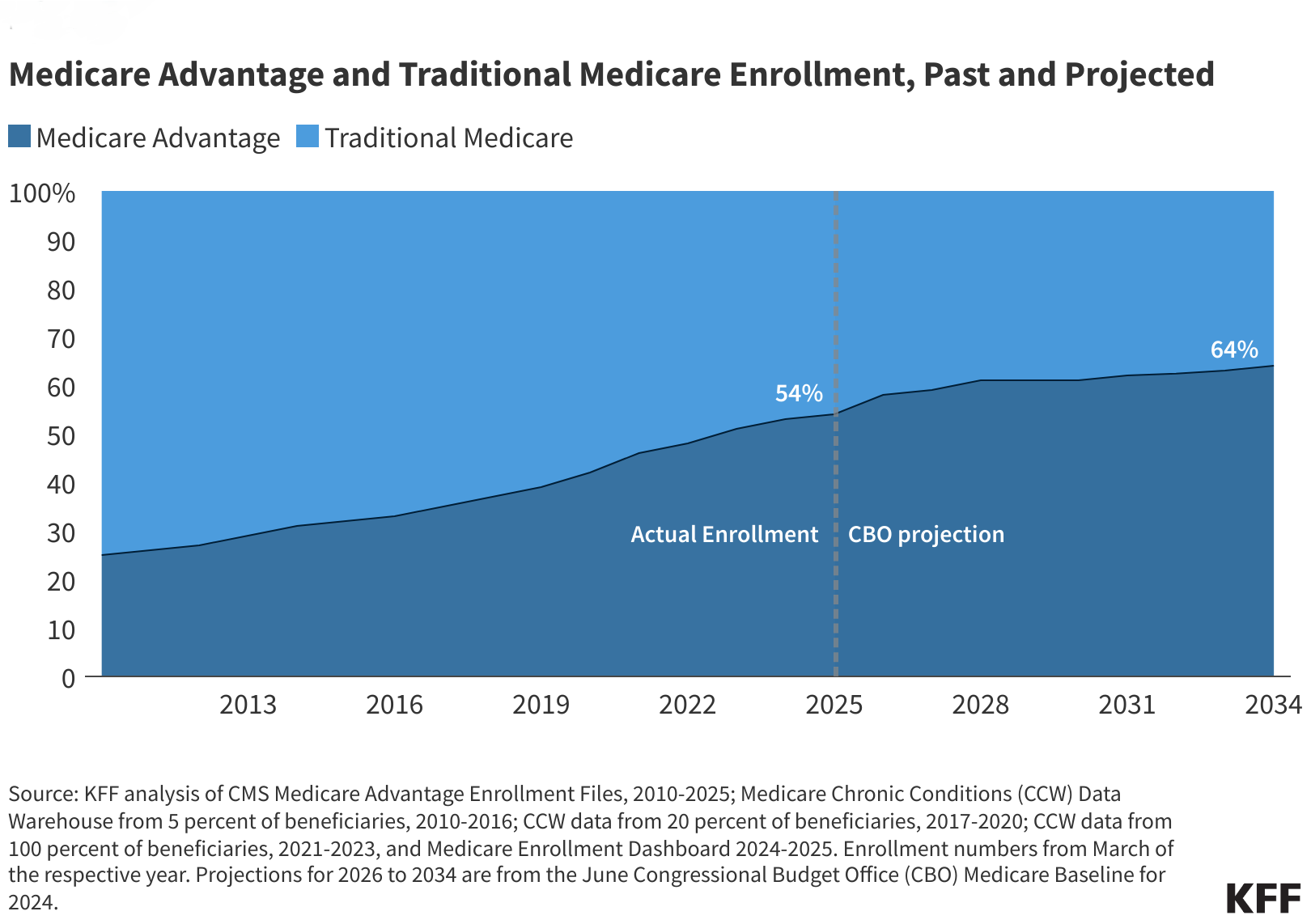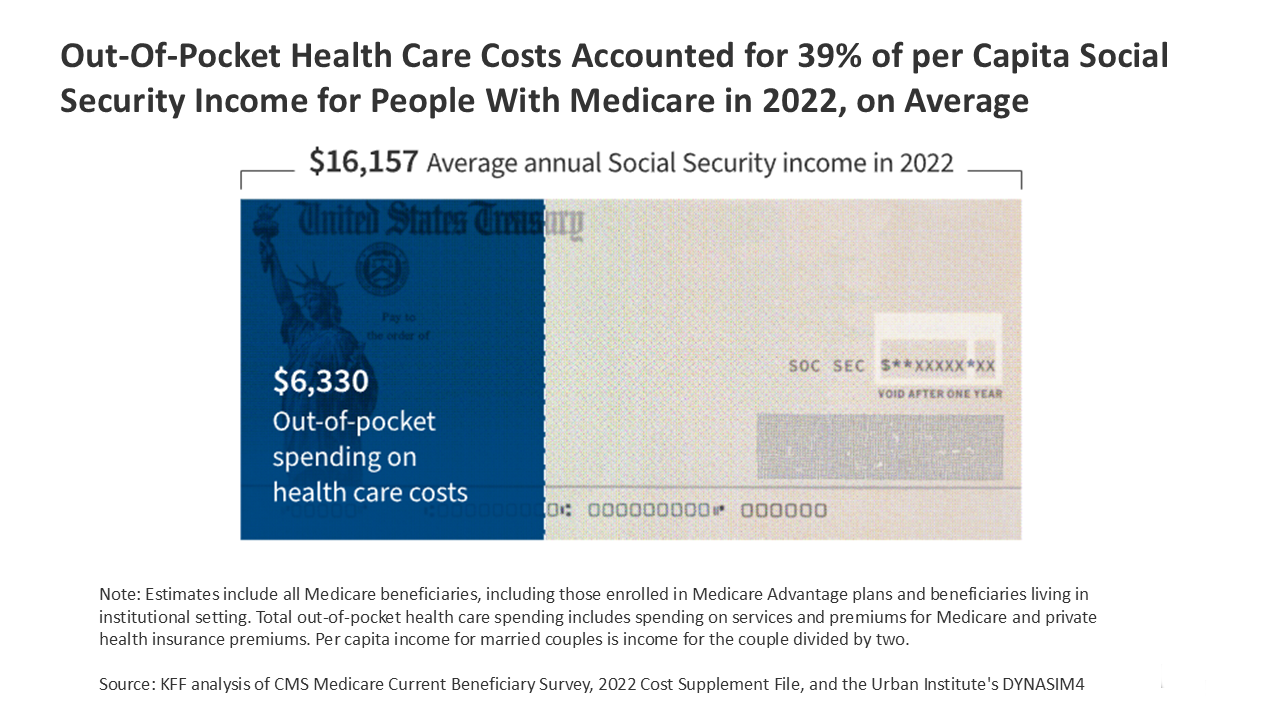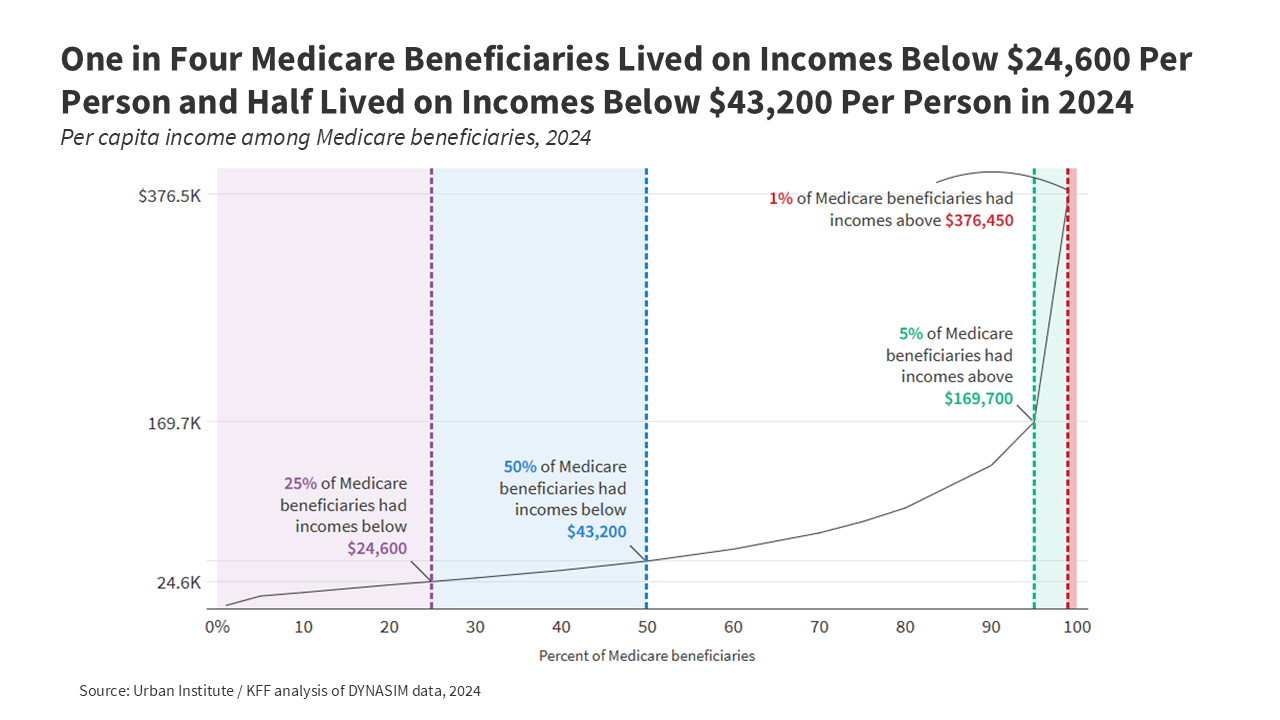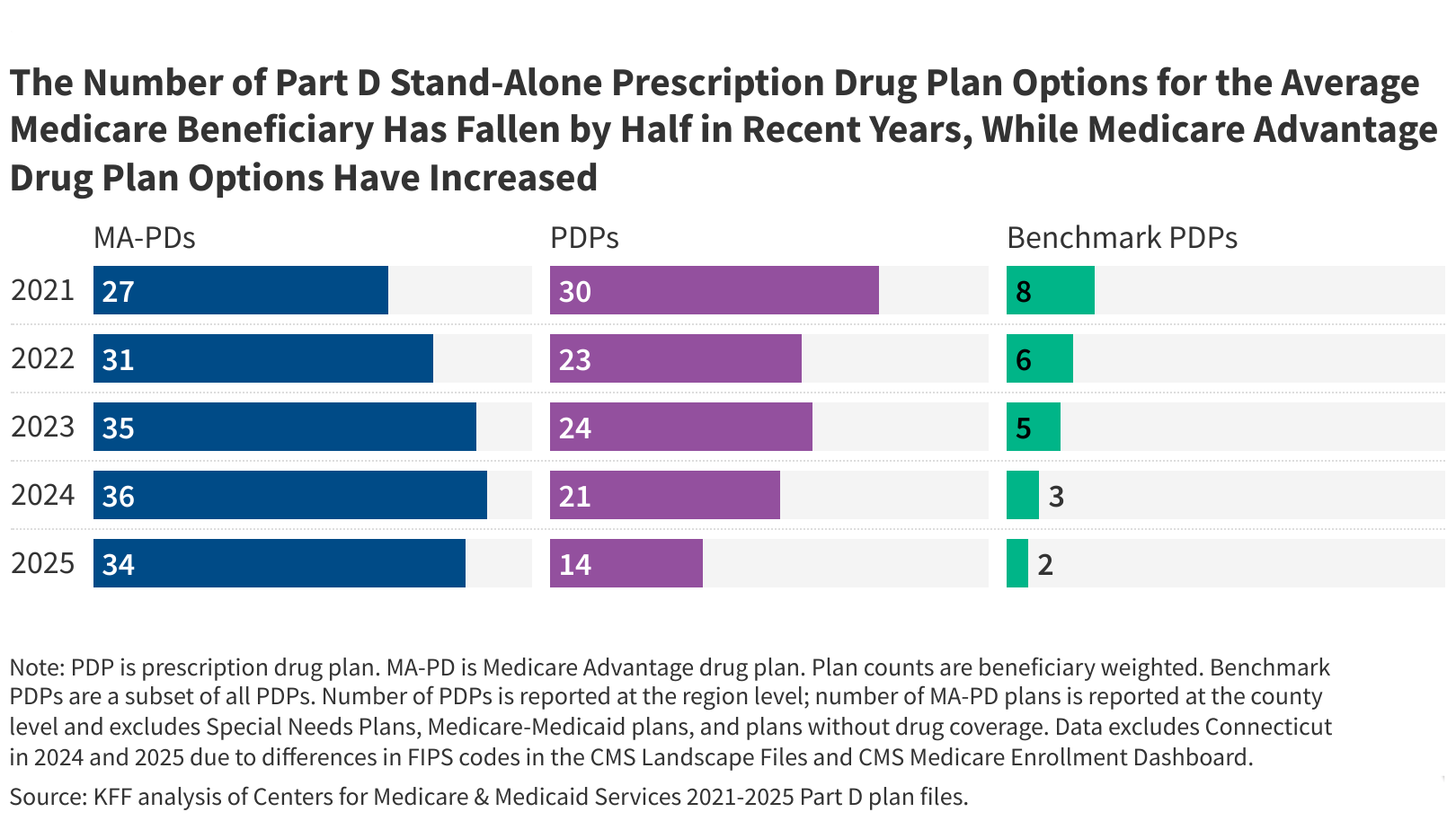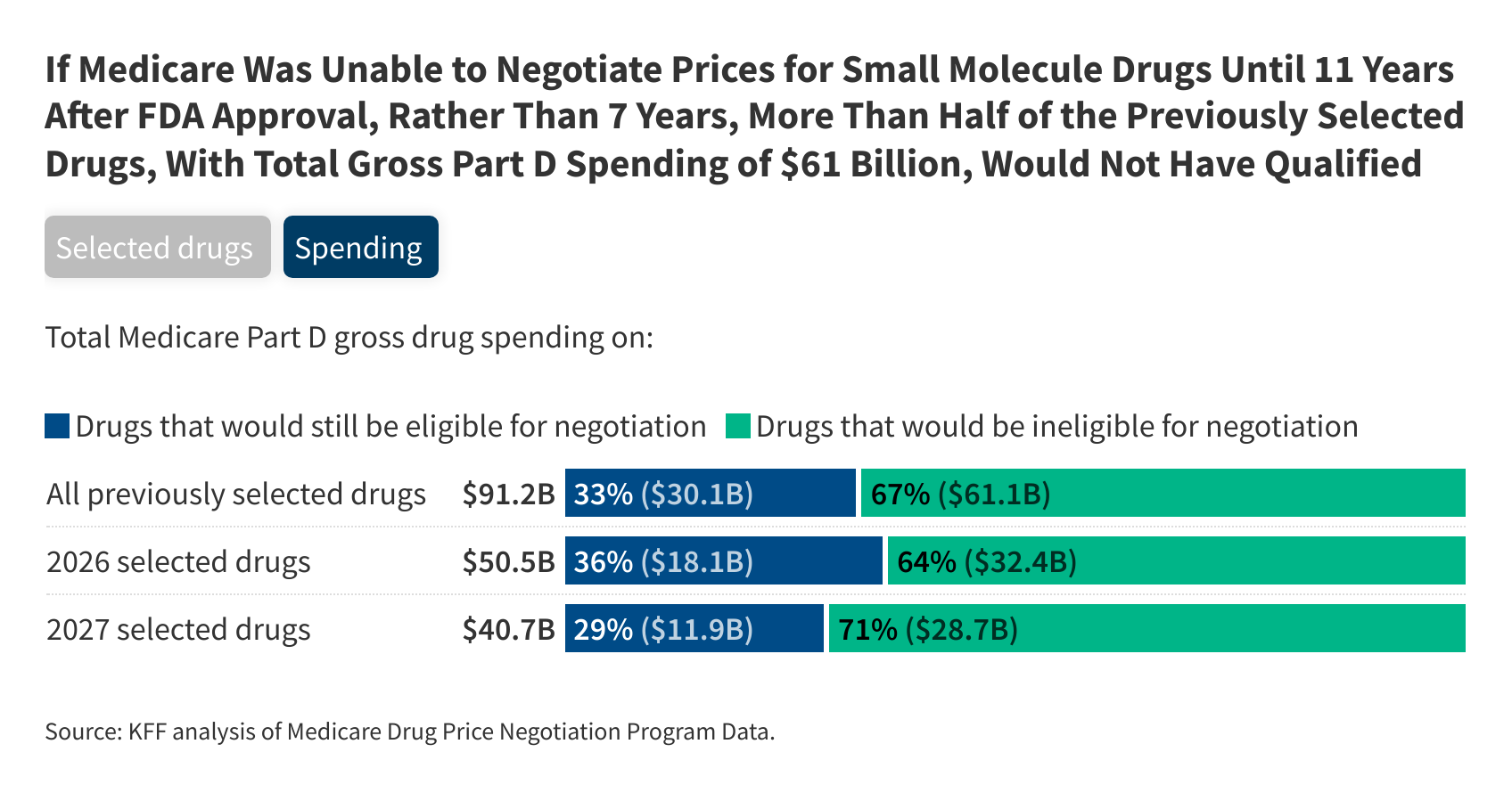Retiree Health Benefits At the Crossroads
This issue brief reviews recent trends and developments in employer-sponsored retiree health coverage and examines the impact of recent legislation, such as the Medicare drug benefit and the Affordable Care Act (ACA) on retiree health coverage. The report describes leading strategies employers have been pursuing or considering to limit costs for retiree health benefits. In addition, the report considers the potential implications of proposals aimed at reducing federal spending for retiree health coverage and costs.
